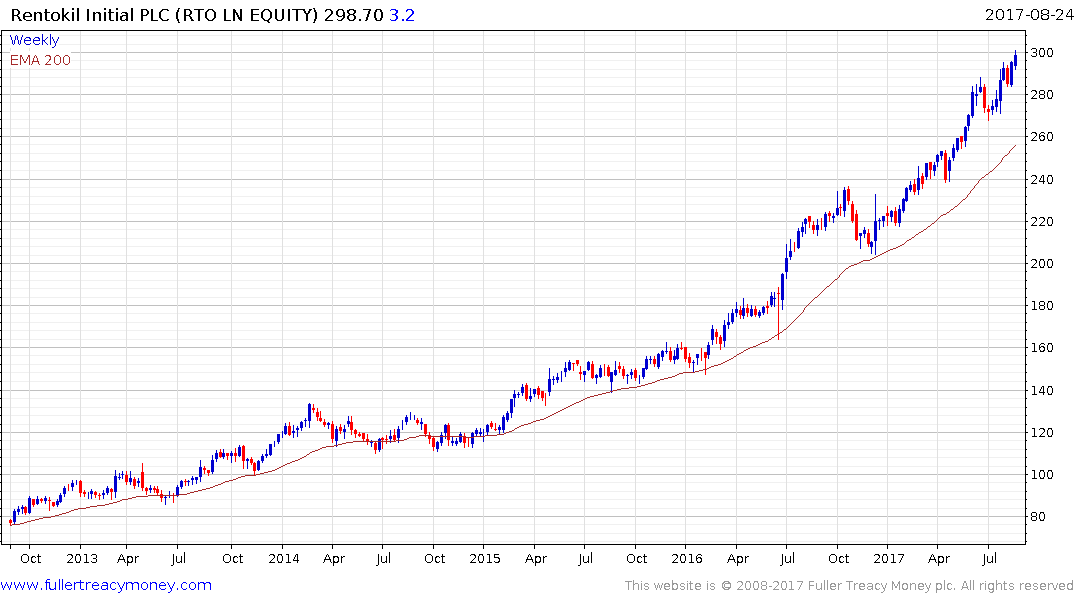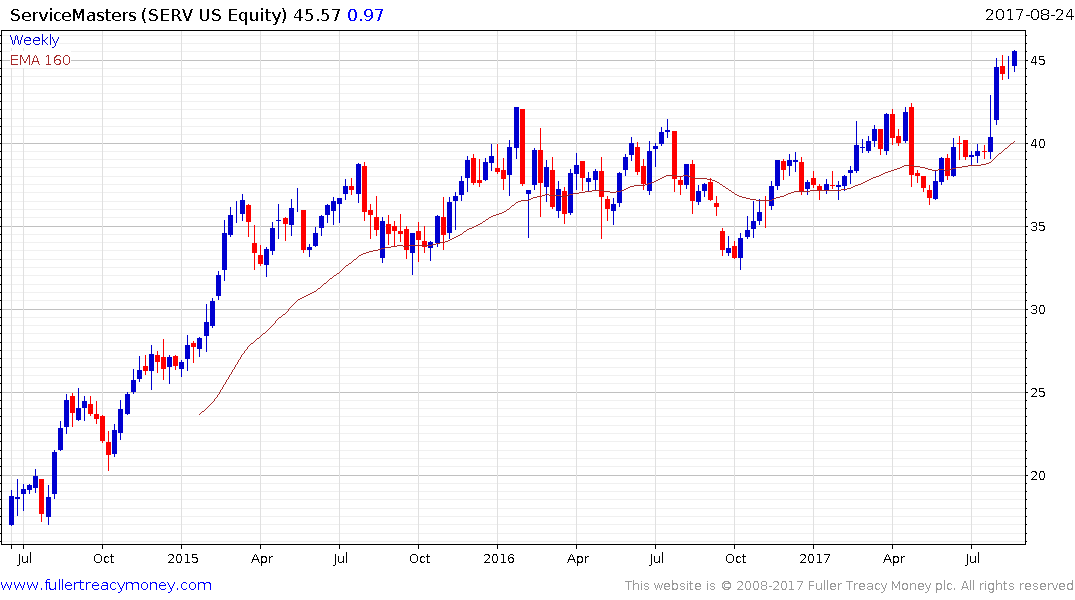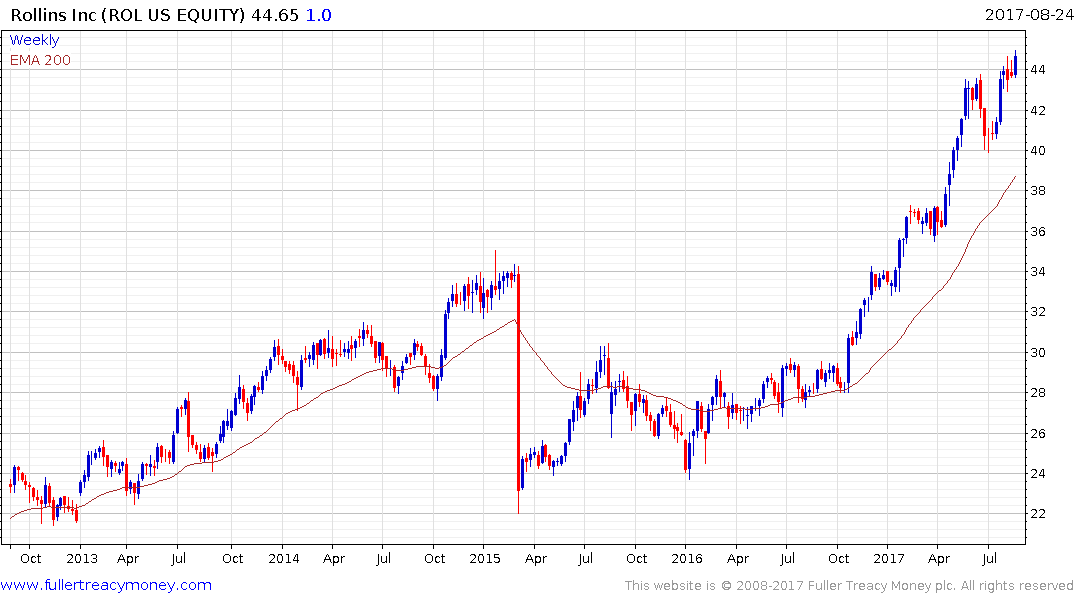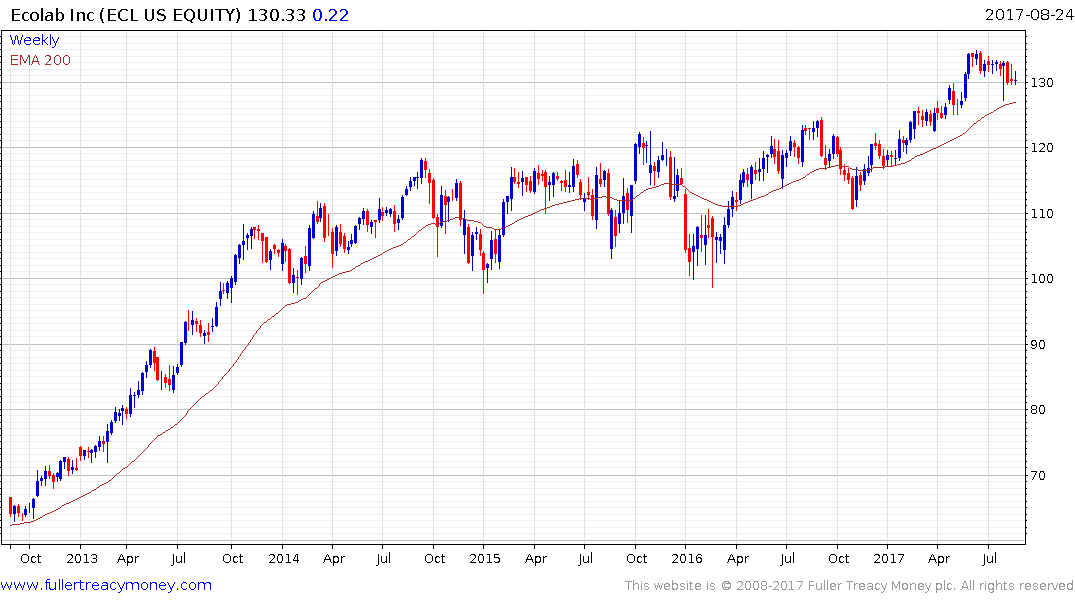America Is on the Verge of Ratpocalypse
This article by Emily Atkin for New Republic may be of interest to subscribers. Here is a section:
It’s no surprise that rats thrive in cities, where humans provide an abundance of food and shelter. But experts now agree that the weather is playing a role in these recent increases. Extreme summer heat and this past winter’s mild temperatures have created urban rat utopias.
“The reason the rats are so bad now, we believe, is because of the warm winters,” said Gerard Brown, program manager of the Rodent and Vector Control Division of the D.C. Department of Health, at a 2016 rat summit.
Rat pro Corrigan agrees. “Breeding usually slows down during the winter months,” he said. But with shorter, warmer winters becoming more common—2016 was America’s warmest winter on record—rats are experiencing a baby boom. “They have an edge of squeezing out one more litter, one more half litter,” Corrigan said.One more litter or half litter makes a serious difference when a population boom is not only a nuisance, but a public health and economic crisis. Rats breed like rabbits; as this alarming Rentokil graphic shows, two rats in an ideal environment can turn into 482 million rats over a period of three years. Urban rats caused $19 billion worth of economic damage in the year 2000, partially due to the fact that they eat away at buildings and other infrastructure. Imagine how much they’re costing now.
Rats and other rodents are capable of breeding at exponential rates if the conditions are just right. With mild winters and a history of insufficient budgets to control populations the number of stories talking about the problem becoming a public health issue are proliferating. The increasing size of rats, with an increasing number approaching the size of small dogs, says a lot about the calorie content of the refuse they are consuming.

UK listed Rentokil is globally diversified and generates about 30% of revenue from the USA. The share has been in a steep uptrend since 2012 and is currently somewhat overextended relative to the trend mean. A sustained move below it would be required to question medium-term scope for continued upside. (Also see Comment of the Day on March 20th 2015).

ServiceMaster Holdings primary focuses on termite and cockroach control. The share broke out of a two-year range four weeks ago and sustained move below $40 would be required to question medium-term scope for additional upside.

Rollins Inc is perhaps the largest pest control company with a market cap of almost $10 billion. The pace of the share’s uptrend has picked up since late last year but a sustained move below $40 would be required to question medium-term uptrend consistency.

Ecolab is one of the original cast of Autonomies. It’s pest control services represent a small part of the firm’s overall business but the share broke successfully up out of a three-year range in January and bounced from the region of the trend mean earlier this month.


